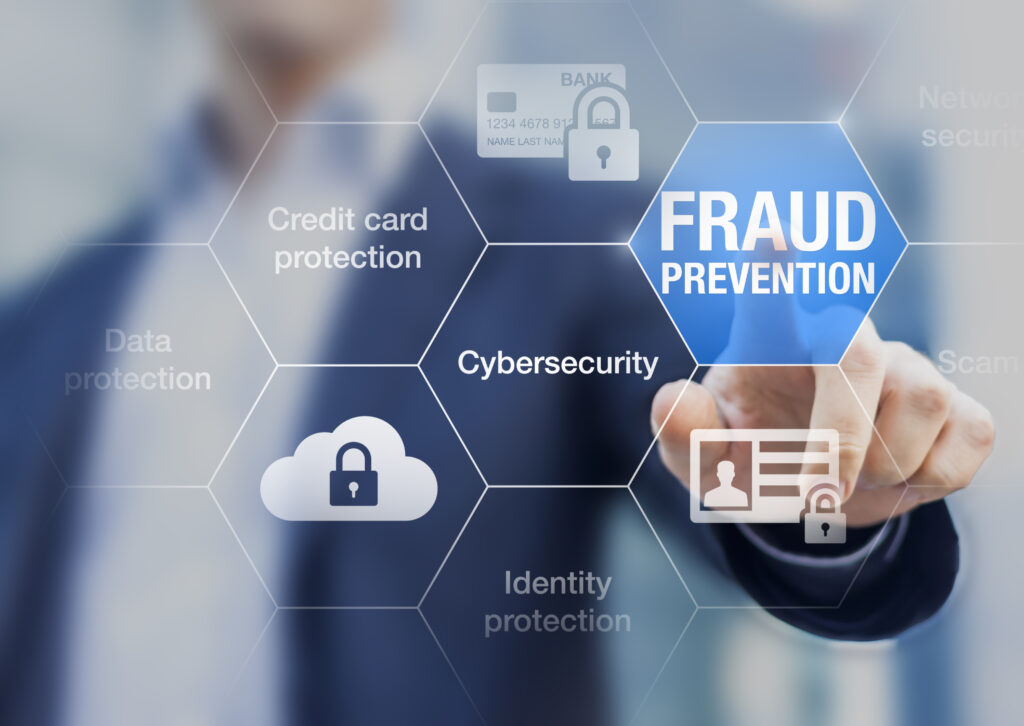We’ve all heard the horror stories about how difficult it is to recover from having your name, Social Security number or credit card numbers stolen. Fortunately, you can take steps to help maximize identity theft protection.
Identity Theft Protection Steps
Check your home mailbox daily, and drop your outgoing mail into a secure postal mailbox only. Also, pay attention to your billing cycles—identity thieves may change your billing address, so a late bill could indicate a problem.
Personal Items
Carry only what you need and keep a list of those items on paper. In the event of a mishap, you’ll know who should be notified and the phone numbers to call to cancel the accounts. If your wallet is lost or stolen, follow these tips:
- Call your credit card providers immediately and have any affected cards canceled.
- Notify your bank if your checking and savings account may be at risk.
- File a police report in the jurisdiction where your property was stolen. This will help provide proof of immediate action to your credit card providers.
- Call the three national credit reporting organizations, as well as the Social Security Administration, so that a fraud alert can be placed on your name and Social Security number. By doing so, any company that checks your credit will know to contact you by phone before approving any credit transactions. Try calling the following numbers:
- Equifax—888-766-0008
- Experian—888-397-3742
- TransUnion—800-680-7289
- Social Security Administration—800-772-1213
Personal Information
Give out information on a “need-to-know” basis only. Omit your Social Security number and driver’s license number on your bank checks. If you must use your Social Security number as an account number, request an alternate identifier. Finally, invest in a shredder for destroying documents that contain personal information.
Protect against risks with a personal umbrella liability insurance policy
Digital and Credit History
Regularly update your virus protection software and use a firewall program on all personal devices (e.g., computers, laptops and tablets). Before you dispose of your old devices, wipe any files or data containing personal information from them. Lastly, keep in mind that it can take months to learn that someone has applied for credit in your name. To stay up-to-date on your credit history, review your credit record at least once a year.
Insurance Coverage
While ID theft insurance does not protect against the actual monetary theft, it does cover the costs victims will incur while they are building their identity. The coverage may include:
- Phone call and photocopying charges
- Postage fees for mailing documents
- Salary loss due to uncompensated time away from work while repairing one’s identity
- Legal fees
- Access to a fraud specialist who can assist in restoring good credit and protecting one’s identity again
- Help with preparing documents, filing police reports and creating a fraud victim affidavit
Since victims may spend a considerable amount of time recovering from ID theft, these services can make the situation a little less stressful, both on the mind and the pocketbook.
Considerations
Employers sponsoring an ID theft insurance plan can purchase this coverage for their employees or offer it as an employee funded option on their regular benefits package. Whether your company has 10 employees or over 1,000, we have the technology and resources to serve you and your workforce – both at a local and national level. Our team takes a consultative and innovative approach to the design, implementation, management and communication of your employee benefits programs – learn more today.
























